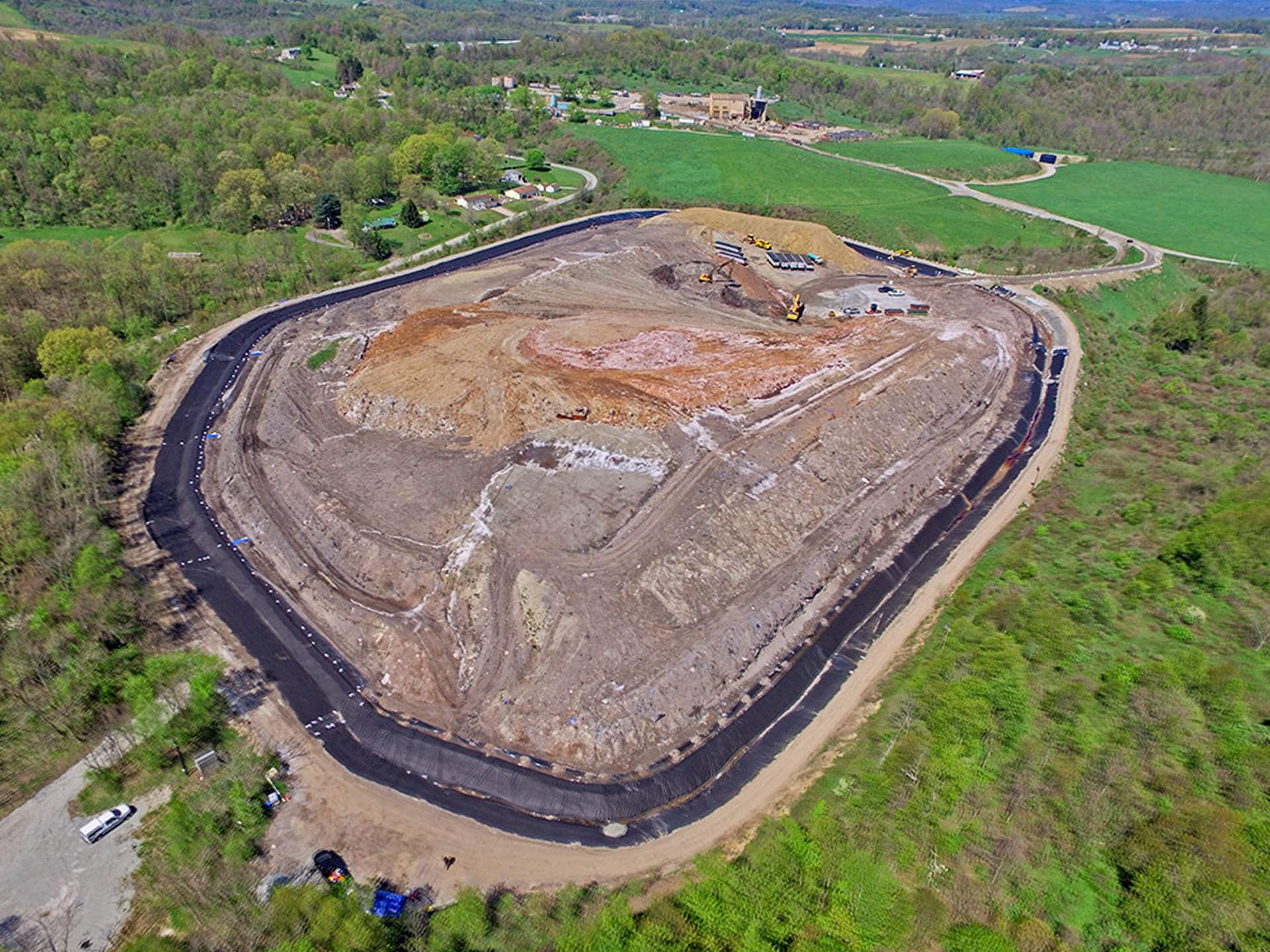Modern landfills are more than just repositories for waste; they are complex engineering systems designed to prevent contamination of soil, groundwater, and surrounding ecosystems. At the heart of this effort is the landfill liner – a barrier that isolates waste from the environment and blocks the migration of leachate, the liquid that forms when water filters through waste and picks up harmful substances. Without an effective liner system, leachate can pose significant threats to public health and natural resources, carrying with it heavy metals, pathogens, and toxic chemicals.
Landfill environments are unforgiving, and liners must resist a range of stresses: mechanical pressure from tons of overlying waste, punctures from sharp debris or uneven subgrades, degradation from ultraviolet exposure if left uncovered, and long-term chemical corrosion. These hazards require that liner systems be carefully selected and often layered to perform under multiple threat conditions. There is no universal “best” landfill liner, only the best liner system for a given site’s conditions and risk profile. Here are the liner options available today.
Bentonite and Clay Liners
Bentonite clay offers a non-synthetic solution to landfill containment. When hydrated, bentonite swells and forms a gel-like barrier with low permeability. It has been widely used as a supplementary layer in composite liner systems, often placed beneath a synthetic geomembrane. The primary strength of bentonite lies in its ability to self-seal minor punctures, which adds a layer of redundancy to the overall system. On its own, however, bentonite is vulnerable to desiccation (drying out), which can cause shrinkage and cracking, and its effectiveness can be reduced in the presence of saline or chemical-laden leachate. For this reason, bentonite is rarely used alone and is more often paired with a synthetic liner as part of a composite barrier.
Concrete Liners
Concrete is not typically the main containment liner in landfills but has been used in certain applications where structural support is needed or where waste handling involves heavy equipment and traffic. While concrete offers good compressive strength and resistance to UV, it is not inherently impermeable. Cracking, even hairline fractures, can undermine its containment capabilities. That said, concrete may be employed as a protective or load-distribution layer over more impermeable liners or as part of a leachate collection or treatment system. On its own, however, concrete lacks the impermeability and chemical resistance needed for primary liner use. For true impermeability, we have to turn to synthetic materials.
PVC Liners
Polyvinyl chloride (PVC) liners have long been used in various containment projects, including some landfill applications. Flexible and relatively easy to install, PVC liners can conform to complex subgrades and are appreciated for their low permeability to water. However, its’ easy to tear without a suitable underlayment or a well prepared subgrade. PVC is not particularly resistant to chemical degradation over the long term, and its performance can be compromised by UV radiation and certain hydrocarbons commonly found in municipal waste. Over time, plasticizers in the PVC can leach out, making the liner brittle and more prone to cracking under stress or weathering. PVC is most durable when covered with earth, which a landfill operation can typically accommodate with existing equipment.
HDPE Liners
High-density polyethylene (HDPE) is a popular modern landfill liner. Favored for chemical resistance, low permeability, and durability, it offers resistance to UV degradation better than PVC. It has the tensile strength to withstand the mechanical loads and settlement stresses common in landfill environments, and it can be manufactured in large sheets, thermally welded at seams to form a continuous barrier.
However, HDPE is relatively stiff, which can make installation challenging on uneven or sharply contoured terrain. HDPE liners are also susceptible to puncture by angular rocks or sharp objects in the subgrade, making the use of a geotextile underlayment or protective layer essential.
RPE Liners
Reinforced polyethylene (RPE) is gaining traction in the containment world due to its enhanced tear and puncture resistance compared to non-reinforced membranes. RPE consists of polyethylene layers laminated over a high-strength woven core, which gives it flexibility and high tensile strength. It’s lighter and easier to handle than HDPE and may require fewer seams during installation. RPE is also UV-resistant and performs well in a range of temperatures. RPE is already proving valuable in smaller-scale waste containment and industrial applications. Some modern RPE products are engineered specifically for landfills and are becoming more prominent as testing data accumulates.
Composite Liner Systems and Layered Protection
Given the complexity and risk associated with landfill leachate, single-layer liner systems are becoming increasingly rare. Instead, modern landfills typically rely on composite liner systems that combine multiple materials to provide redundant protection. A common configuration includes a geomembrane (such as HDPE) placed over a geosynthetic clay liner (GCL) – a layered composite bentonite and synthetic – which itself rests on a compacted soil layer. The synthetic layer blocks fluid migration, while the bentonite beneath can self-seal any minor leaks or punctures in the membrane above.
Underlayments and protective textiles are also critical. Geotextiles placed beneath and above liners cushion the membrane from sharp rocks in the subgrade and from pressure or movement caused by waste above. These fabrics can also act as filters in leachate collection systems, preventing clogging while allowing fluid to pass.
Emerging Technologies and Innovations
Innovation in landfill liner technology continues, especially in the realm of multi-functional and reactive materials. Electrically conductive liners, for example, can facilitate integrity testing by detecting holes or defects during and after installation. Nanocomposite liners – embedding nanoparticles into polymers – are being researched for their potential to resist chemical attacks and enhance mechanical performance. Some research is also being directed toward “smart” liner systems that include embedded sensors to monitor strain, temperature, or even chemical interactions. These advancements could offer real-time diagnostics and improve the long-term safety and monitoring of waste containment sites.


